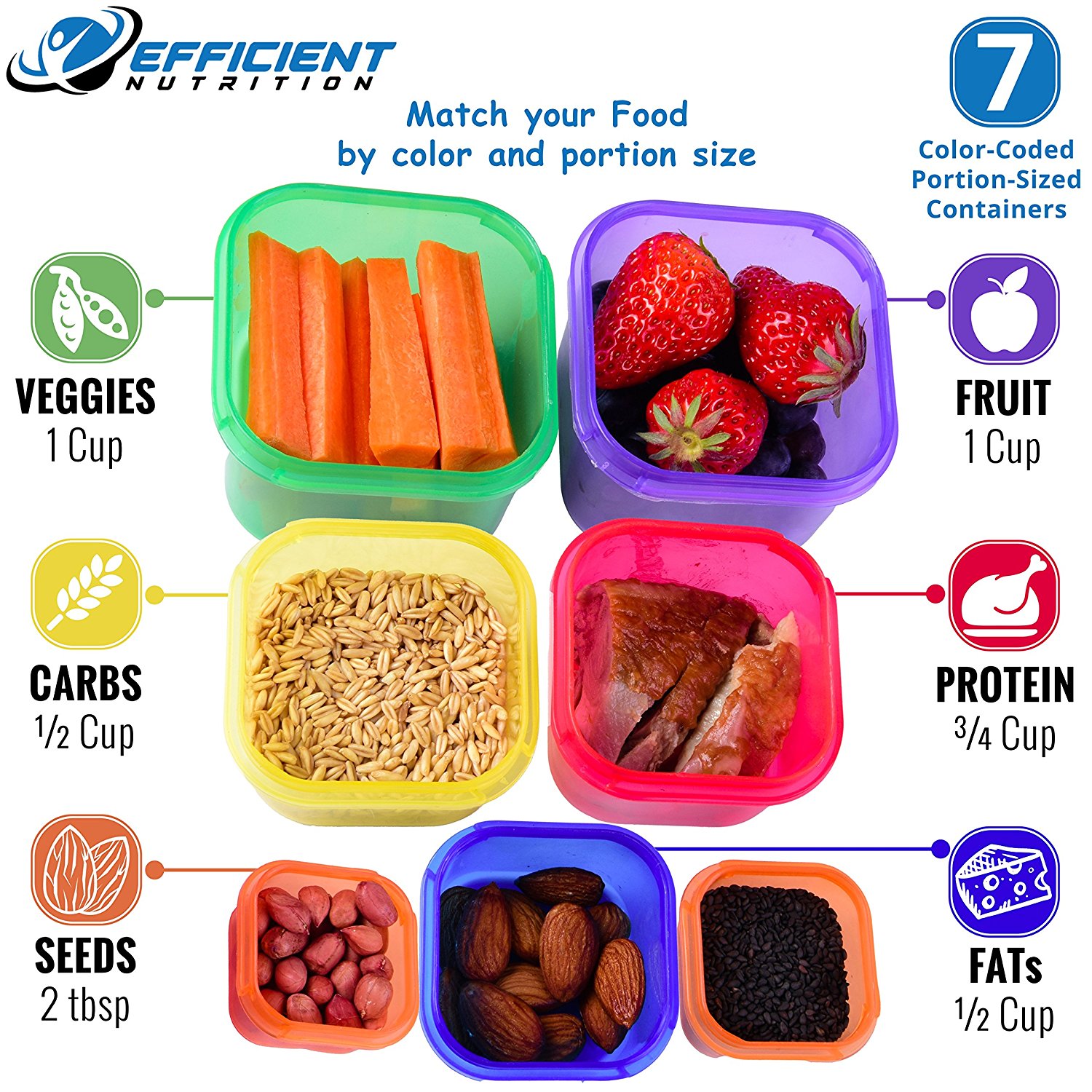
A smart diet is one of best ways to keep healthy and avoid chronic disease. It is a great way to get energy and decrease the chance of developing illnesses. It's easy to get started and don't have to be difficult. It's easy to make healthy eating a routine. You'll start seeing results. These guidelines and tips are based on recent research findings. They cover many topics including nutrition, food preparation and food resource management.
A few studies have been conducted to evaluate the curriculum. Two were qualitative and the results are pending publication. The first study focused on the physical activity component of the Eating Smart * Getting Active program. Participants, state level coordinators, and paraprofessionals liked these components and said that the content helped them change their habits. In the second study, teachers and parents rated the content of ESBA highly in satisfaction. This curriculum is able to improve the understanding of nutrition, and help students with physical activity.

The impact of the curriculum was evaluated in various states. It has influenced behavior change through improved food resource management, nutrition and physical activity. The program helped children lose more weight by encouraging them to eat more fruits and vegetables. Overall, Eating Smart * Being Active is a well-received resource for health educators. The revised version will be available in early 2017. It will incorporate the feedback of frontline workers from across the country.
Healthy eating habits are key to losing weight and staying healthy. You should aim to reduce the calories you consume so that your body doesn’t increase its calorie intake. Reduce your intake fats as it makes your body work harder in order to use energy. You will lose weight by burning more calories and storing less fat. You'll be glad you made these changes.
Fun activities for the whole family include eating smart. This guide can be used by parents with picky eaters. There are a variety of ways to make healthy choices and make mealtime more enjoyable for everyone. It's easy to eat smart if you're happy with what you eat and feel great. You will feel happier and appear younger by incorporating healthy habits.

Your health is dependent on your diet. Your overall health is directly affected by your diet. It is vital to eat well and exercise regularly. You can avoid diabetes, heart disease, and other chronic conditions by eating a healthier diet. Healthy eating habits are essential to ensure your body functions properly. If you want to lose weight, you should be active, not just sit around and watch TV. No matter how active you are, it is vital to be fit.
FAQ
Exercise: Good for immunity or not?
Your immune system is strengthened by exercise. Your body creates white blood cells when you exercise that fight infection. Your body also removes toxins. Exercise helps to prevent heart disease and cancer. Exercise also helps to reduce stress levels.
Exercising too often can cause your immune system to be weaker. Exercising too hard can make your muscles sore. This can lead to inflammation and swelling. Your body will then produce more antibodies in order to fight infections. Problem is, extra antibodies can trigger allergies and other autoimmune conditions.
So, don't overdo it!
Is being cold bad for your immune system?
Being cold gives you a weaker immune system because when you are cold, your body produces less white blood cells which fight infections. Cold can also make you feel better as your body releases endorphins to your brain, which reduce pain.
What is the difference in a virus and bacteria?
A virus is a microscopic organism that cannot reproduce outside its host cell. A bacterium, a single-celled organism, reproduces by splitting into two. Viruses measure only 20 nanometers in diameter, but bacteria is up to 1 millimeter in size.
Viruses spread easily through contact with infected bodily tissues, such as saliva and urine, semen, vaginal secretions or pus. Bacteria is usually spread directly from surfaces or objects contaminated with bacteria.
Viruses may enter the body through cuts, scrapes. bites, or any other break in the skin. They can also be transmitted through the eyes, nose, mouth, ears, rectum, and anus.
Bacteria may enter our bodies through cuts and scrapes on our skin, burns, insect bites, and other wounds. They can also enter our bodies from food, water, soil, dust, and animals.
Both bacteria as well as viruses can cause illness. However, viruses cannot reproduce within their hosts. They only cause disease when they infect living tissue.
Bacteria can multiply within their hosts and cause illness. They can spread to other parts of our bodies. They can even invade other parts of the body, which is why antibiotics are necessary to eradicate them.
How do I get enough vitamins for my body?
You can get most of the daily nutrients you need through your diet. However, if you are deficient in any particular vitamin, taking supplements can help. Multivitamin supplements can be taken that contain all the vitamins you need. Or you can buy individual vitamins from your local drugstore.
Talk to your doctor about the best foods for vitamins if you're concerned about not getting enough nutrients. You can find vitamins K and E in dark green leafy vegetable such as spinach, kale and turnip leaves, as well a variety of sweet potatoes and sweet potatoes.
If you are not sure how much vitamin you should be consuming, ask your doctor. Based on your medical history, and your current health status, your doctor will recommend the right dosage.
How much should my body weight be for my height? BMI chart & calculator
The best way to determine how much weight you need to lose is to use a body mass index (BMI) calculator. A healthy BMI range should be between 18.5 and 24,000. To lose weight, you should aim for a loss of 10 pounds per year. Enter your height in the BMI calculator.
This BMI chart shows you if it is possible to identify if you are either overweight or obese.
What is the difference of fat and sugar?
Fat can be a source of energy that is obtained from food. Sugar is a sweet, naturally occurring substance in fruits and vegetables. Both fats (and sugars) have the same calories. Fats have twice the calories of sugars, however.
Fats are stored within the body and can contribute to obesity. They cause cholesterol buildup in arteries which may lead to heart attacks and strokes.
Sugars are quickly absorbed into the body and provide instant fuel. This causes blood glucose to rise. High blood glucose levels can be dangerous because it increases the risk of developing type II diabetes.
Statistics
- The Dietary Guidelines for Americans recommend keeping added sugar intake below 10% of your daily calorie intake, while the World Health Organization recommends slashing added sugars to 5% or less of your daily calories for optimal health (59Trusted (healthline.com)
- In both adults and children, the intake of free sugars should be reduced to less than 10% of total energy intake. (who.int)
- Extra virgin olive oil may benefit heart health, as people who consume it have a lower risk for dying from heart attacks and strokes according to some evidence (57Trusted Source (healthline.com)
- According to the Physical Activity Guidelines for Americans, we should strive for at least 150 minutes of moderate intensity activity each week (54Trusted Source Smoking, harmful use of drugs, and alcohol abuse can all seriously negatively affect your health. (healthline.com)
External Links
How To
What does the meaning of "vitamin?"
Vitamins can be described as organic compounds found in food. Vitamins are essential for our bodies to absorb nutrients from the foods we eat. Vitamins cannot come from the body so food must provide them.
There are two types vitamins: water soluble or fat soluble. Water-soluble vitamins dissolve quickly in water. Some examples include vitamin C,B1 and B2 vitamins (thiamine), B2 and riboflavin, B3 and B6 vitamins (niacin), folic acids, biotin, pantothenic acids, and cholesterol. Fat-soluble vitamins can be stored in the liver or in fatty tissue. Vitamin D, E, K and A are some examples.
Vitamins are classified according to their biological activity. There are eight main groups of vitamins.
-
A - Vital for normal growth and maintaining good health.
-
C is important for nerve function and energy production.
-
D - essential for healthy bones, teeth, and gums.
-
E is needed for good reproduction and vision.
-
K - required for healthy muscles and nerves.
-
P – vital for building strong bones.
-
Q – aids digestion of iron and iron absorption
-
R - Red blood cells are made from red blood cells.
The recommended daily intake (RDA), of vitamins varies with age, gender and physical condition. The U.S. Food and Drug Administration sets RDA values.
For adults over 19, the RDA for vitaminA is 400 micrograms per daily. For fetal development, pregnant women need 600 mg per day. Children ages 1-8 require 900 micrograms per day. Babies under one-year old require 700 mg per day. Between 9 and 12 years of age, however, this drops to 500 mg per day.
Children aged between 1-18 years require 800 micrograms of sugar per day, while overweight children need 1000 micrograms. Children who are underweight receive 1200 micrograms every day to meet their nutritional requirements.
Children aged 4-8 years old who have been diagnosed as having anemia require 2200 micrograms of vitamin C per day.
2000 micrograms is the minimum daily intake for adults over 50 years old to maintain good health. Mothers who are pregnant, nursing, or have a high nutrient need will require 3000 micrograms a day.
Adults over 70 require 1500 micrograms each day, since they lose around 10% of their muscle mass every decade.
Women who are pregnant or lactating need more than the RDA. Pregnant women require 4000 micrograms daily during pregnancy, and 2500 micrograms every day after birth. Breastfeeding mothers require 5000 micrograms daily when breast milk production is occurring.